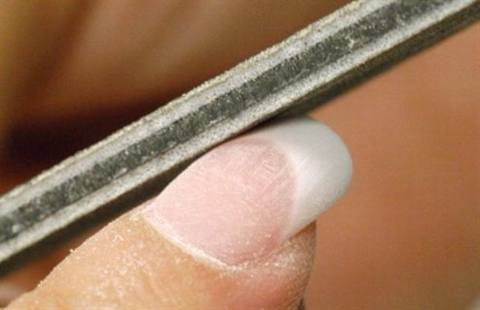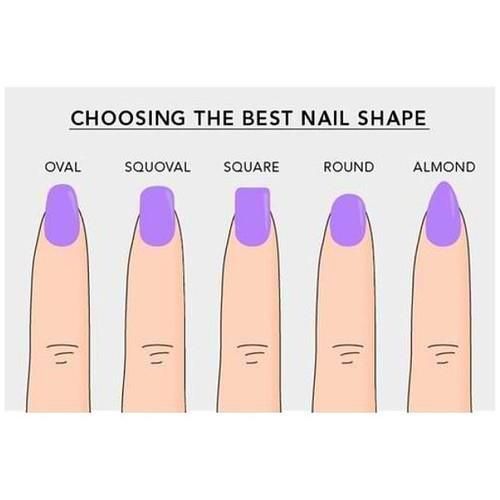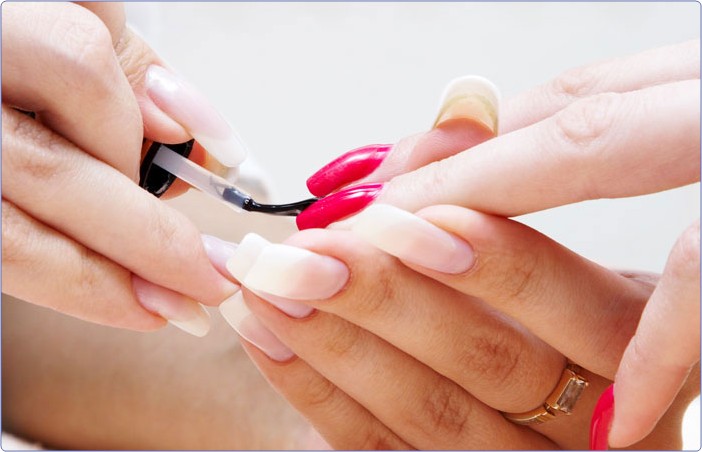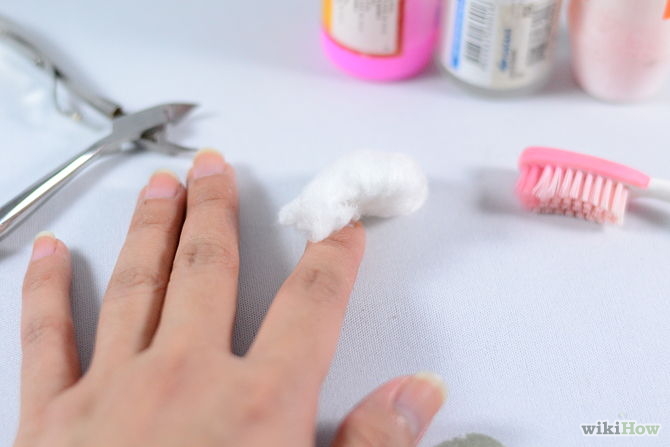- Nail treatments include –• Consultation and contra-indication checks• Sanitising and cleansing the hands and nails• Cutting and filing the nails to the required length and shape• Applying cuticle cream and soaking the nails to soften the surrounding tissue• Cuticle work• Massage• Buffing• Nail enamel application including base coat, coloured or French enamel and top coat• Luxury treatments may also be provided.
- Reasons for nail treatments –• The procedure frees the nail wall and cuticle from the nail plate thus avoiding nail conditions such as hangnail/agnail and pterygium.• Infection is prevented.• Minor nail damage is prevented from worsening.• Fragile and brittle nail conditions can be improved.• The skin is improved, delaying the signs of ageing.• To relax the client and make them feel pampered.• To make the hands and nails look attractive.• To present the hands and nails well.• The nail is kept smooth and shapely.
- The consultation process should also include noting the natural nail condition and shape, planning an appropriate treatment for the client’s expectations and needs and discussing any homecare advice.• It is important of the therapist to understand when to encourage clients to seek medical advice – to receive advice and treatment for their conditions• It is important not to name specific contra- indications when referring to a G.P as a therapist is not qualified to diagnose• contra-indications has no medical training and it could alarm the client.
 4. Filing the nail• Nails are shaped using emery boards, metal nail files will tear apart the nail layers. Emery boards are about 7 – 8 inch strips coated with emery iron oxide.• Always file the nails to suit the clients existing nail shape and hands.• It is important to remember that when filing and shaping the nails that it is the sides which give the nail its strength and if this is filed away the nail becomes weak.• Also filing the nails to a point will weaken the nails.• Always file the nail from the sides to the centre at a 45° angle, filing to and fro will cause the nail to split and break.This is cz the friction is causing heat within the nail plate thus drying out the moisture which assists in holding the nail plate together.
4. Filing the nail• Nails are shaped using emery boards, metal nail files will tear apart the nail layers. Emery boards are about 7 – 8 inch strips coated with emery iron oxide.• Always file the nails to suit the clients existing nail shape and hands.• It is important to remember that when filing and shaping the nails that it is the sides which give the nail its strength and if this is filed away the nail becomes weak.• Also filing the nails to a point will weaken the nails.• Always file the nail from the sides to the centre at a 45° angle, filing to and fro will cause the nail to split and break.This is cz the friction is causing heat within the nail plate thus drying out the moisture which assists in holding the nail plate together.
- 6. When deciding on the nail shapes there are several factors that must be taking into consideration:• The clients preference.• Clients occupation.• Clients natural nail shape.
7. Having decided on the correct• colour with the client,• ensure the varnish is at the right consistency, if not; thin it with an appropriate solvent.• Do not use varnish remover as they may contain oil and water which will prevent hardening.• Always apply base coat, if need be a ridge filler base may be used or a nail hardener if the nail are weak.• Next 2 – 3 coats of coloured enamel are applied and then top coat if required.
8. Base coat• Always use a good quality base coat specific to its purpose.• Base coat stays tacky ensuring good adhesion of coloured enamel.• Preserves the life of enamel application.• Contains more resin than coloured enamel.• Apply in 3 strokes (small nail) up to 6 strokes (larger
9. Coloured enamel• Used to add gloss and colour to natural nails.• Cream polish contains insoluble colours mixed with iron oxide and titanium dioxide.• Pearl polishes get their effect from reflective transparent crystals of guanine.• Polishes vary in consistency and may require from one application up to as many as 5 applications to achieve a professional result.• Apply in 3 strokes (small nail) up to 6 strokes (larger nail).

 10. Top coat• Used to seal polish in.• To provide a protective cover for natural/coloured nails.• Apply in 3 strokes (small nail) up to 6 strokes (larger nail).
10. Top coat• Used to seal polish in.• To provide a protective cover for natural/coloured nails.• Apply in 3 strokes (small nail) up to 6 strokes (larger nail).11. Possible faults -• Chipping varnish..• Due to flaky nail plate.• No base coat used.• Polish applied too thinly.• Oil/moisture left on nail plate.• Varnish force dried
12. Peeling nail varnish…• Nail surface incorrectly prepared.• Polish too thick.• Incorrect base coat.• Application on top of wet coat.• Oil and moisture present.
13. Bubbling nail varnish..• Nail surface incorrectly prepared.• Polish too thick.• Enamel drying products were used between coats
14. Re-cap



